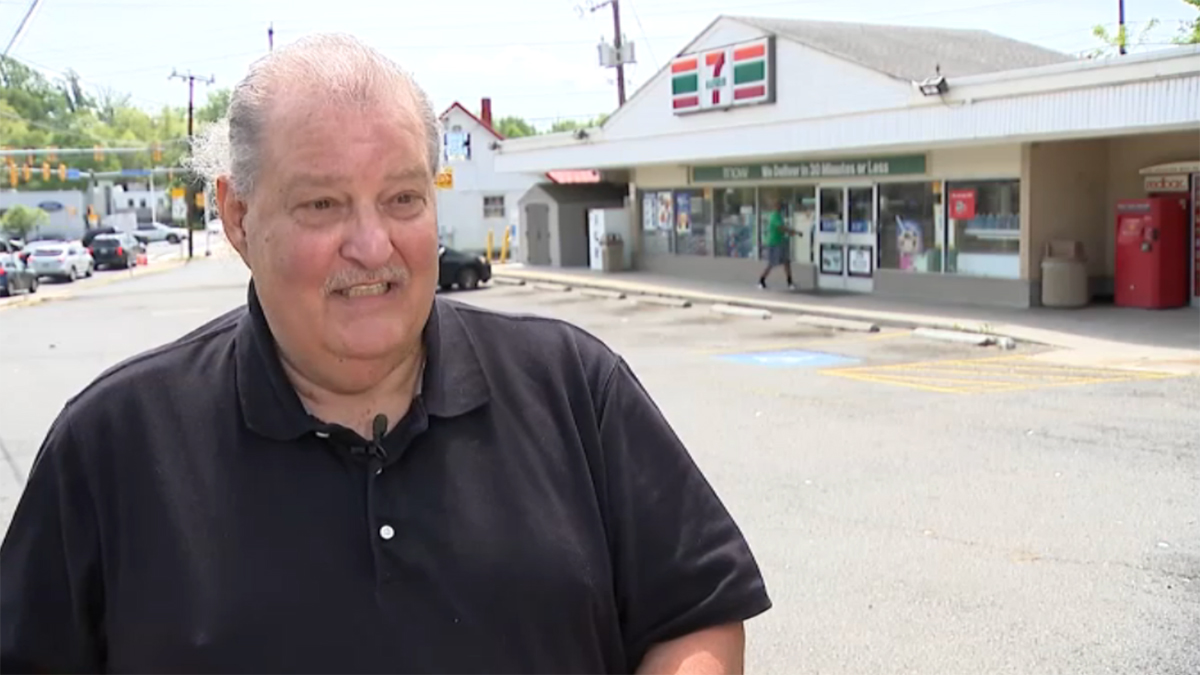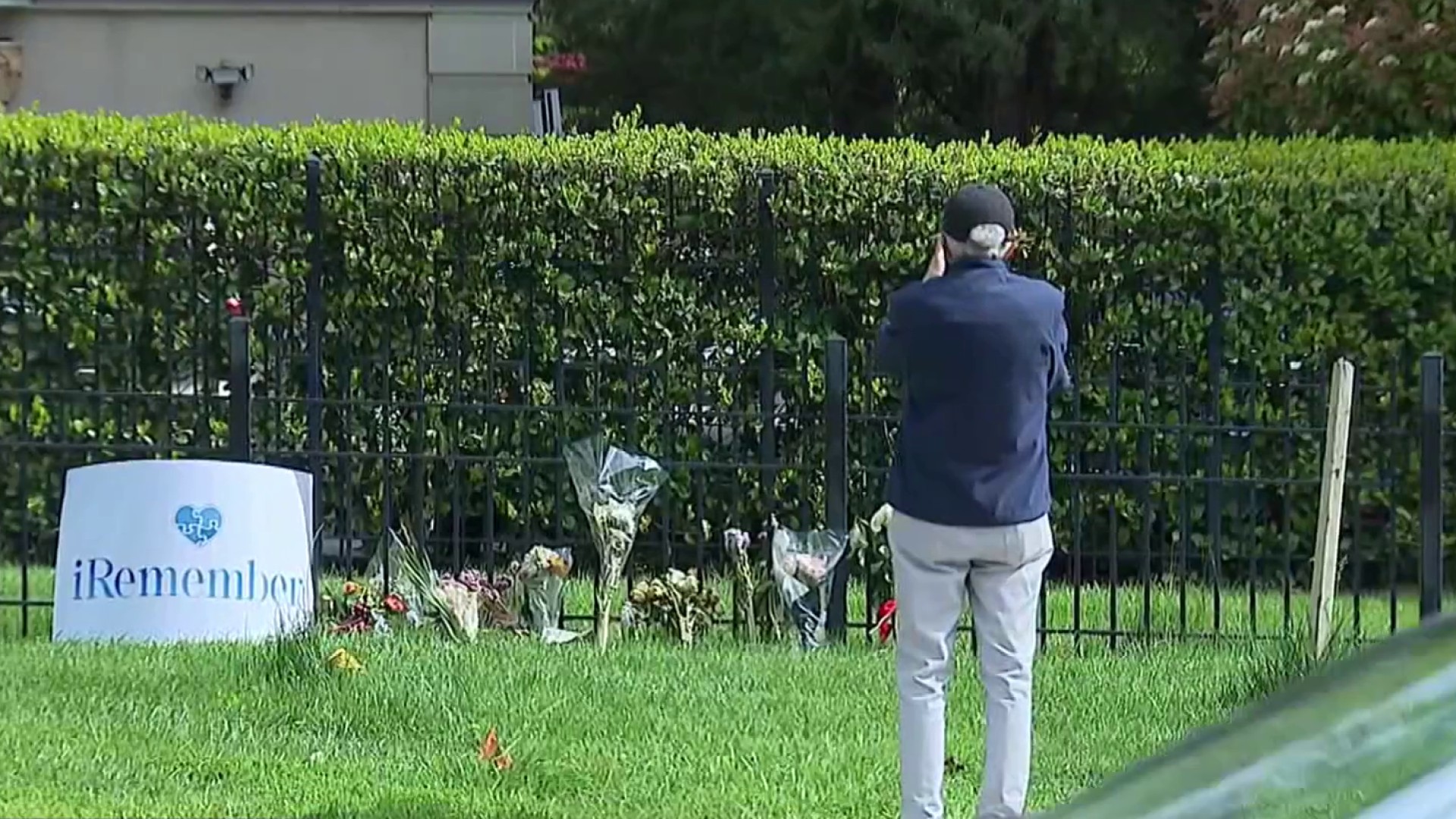From the beautiful blooms to more mosquitoes, Storm Team4 Meteorologist Amelia Draper explains five ways a warming climate is changing Washington, D.C.
It may be getting more difficult to breathe easy in the D.C. metro region, according to a new report from the American Lung Association (ALA).
The District received an F grade for ozone pollution, also known as smog, after suffering through an average of 4.7 high-ozone days annually from 2015-2017, according to the report.
There were 14 orange days, meaning unhealthy conditions for sensitive populations, including children and teens, older adults and those with asthma, COPD, diabetes or other lung issues.
More than 9.7 million people are considered at-risk in the greater D.C.-Baltimore-Arlington block, which extends to upper Maryland, Pennsylvania and West Virginia.
The good news is ozone days are down from any period since 2012-2014 and an all-time high in the 1990s, according to ALA data.
There's troubling data, as well: High-ozone days are up from 2013-2015 and 2014-2016. The D.C. area has only snagged a passing grade once.
Ozone is an invisible gas molecule that's harmful to breathe, the ALA says. When the compound stays high up in the atmosphere, it protects us from ultraviolet sunlight. But at ground level it can cause serious health issues including breathing problems, increased risk for respiratory infections, cardiovascular effects and premature death.
Local
Washington, D.C., Maryland and Virginia local news, events and information
The annual "State of the Air" report for 2019 says that our region isn't alone and data suggests a growing number of cities are facing rising pollution levels. A warmer climate played a major role in the increase in unhealthy air days, according to the report, which covered three of the hottest years on record (2015-2017).
Washington-area residents fare better when it comes to 24-hour particle pollution, which received a B grade from the ALA. Since the 2007-2009 period, D.C. has averaged fewer than 3.2 days with dangerous particle pollution.
Annual particle pollution levels have passed the ALA's standards since the 2008-2010 period.
The American Lung Association has tips on how to protect yourself from unhealthy air.



